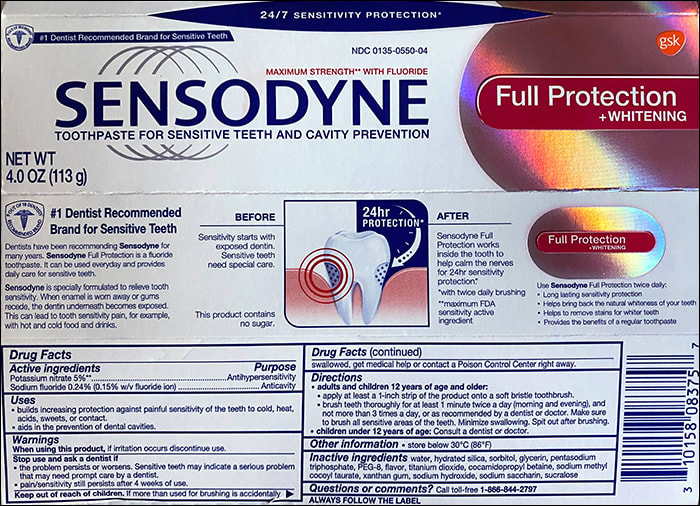Choosing a Toothpaste: What’s the Big Deal?
Course Number: 565
Course Contents
Putting it all Together: Formulation Chemistry
If most toothpastes begin with essentially a similar compilation of the excipients described above, combining them into a dentifrice would presumably seem clear-cut. If toothpaste “recipes” were printed in cookbooks, however, the required skill level would be labeled: Highly Advanced. Dentifrice formulation is known to be a complex, sophisticated process requiring scientific expertise from a team of individuals with specialized knowledge in their respective fields to determine the exact ingredient combination and proportions and ensure a final manufactured superior product that that is: 1) safe and efficacious; 2) esthetically desirable; 3) stable; and 4) bioavailable. The specific form (paste or gel) and choices in packaging delivery modalities (e.g., pumps, tubes, dual-chamber reservoirs) also have important implications for aggregate stability and efficacy. Mastery of each step in the processing method must be perfected in dentifrice manufacturing for a superior product, e.g., rheology optimization, to ensure the toothpaste disperses from the tube easily but is not too runny.
Individual ingredients may interact with and inactivate the therapeutic ingredients, so compatibility of the components is of paramount importance to dentifrice formulators. For example, the benefits of certain actives can be reduced or nullified by water. Abrasive ingredients can potentially hinder the activity of other components (e.g., sodium hexametaphosphate). Meticulous laboratory research – followed typically by in situ and/or in vivo clinical investigations – are therefore needed to verify the final effectiveness and esthetic acceptability of newly formulated toothpastes.
Even something as seemingly straightforward as flavoring for a new toothpaste formulation can require an in-depth, multi-step process. Bankova et al. describe an example of the complexity in the development of new Colgate dentifrice variants, where the goal was to “…mask the unpleasant astringency and metallic off notes of the base …” [and create] “…an appealing taste which pleases global consumers” to drive compliance. 30 Stability evaluation was done with accelerated aging of samples subsequently analyzed by gas chromatography mass spectrometry. This was followed by organoleptic assessment for taste acceptability by a flavor expert. Next, custom-made flavors were developed, but certain flavor molecules were unstable in the presence of the zinc and arginine active ingredients. Ultimately, stable flavoring agents were identified and “their consumer appeal and acceptance were validated with monadic identified product tests.” 30
What other challenges must be met? For manufacturers introducing a new toothpaste, successful formulation is achieved via an inter-disciplinary, careful testing process including toxicology/safety analyses, in vitro proof of concept evaluations, and stability verification. Where American Dental Association (ADA) approval and/or a New Drug Application (NDA) will be sought, controlled clinical investigations and other regulatory procedures may be also required.





